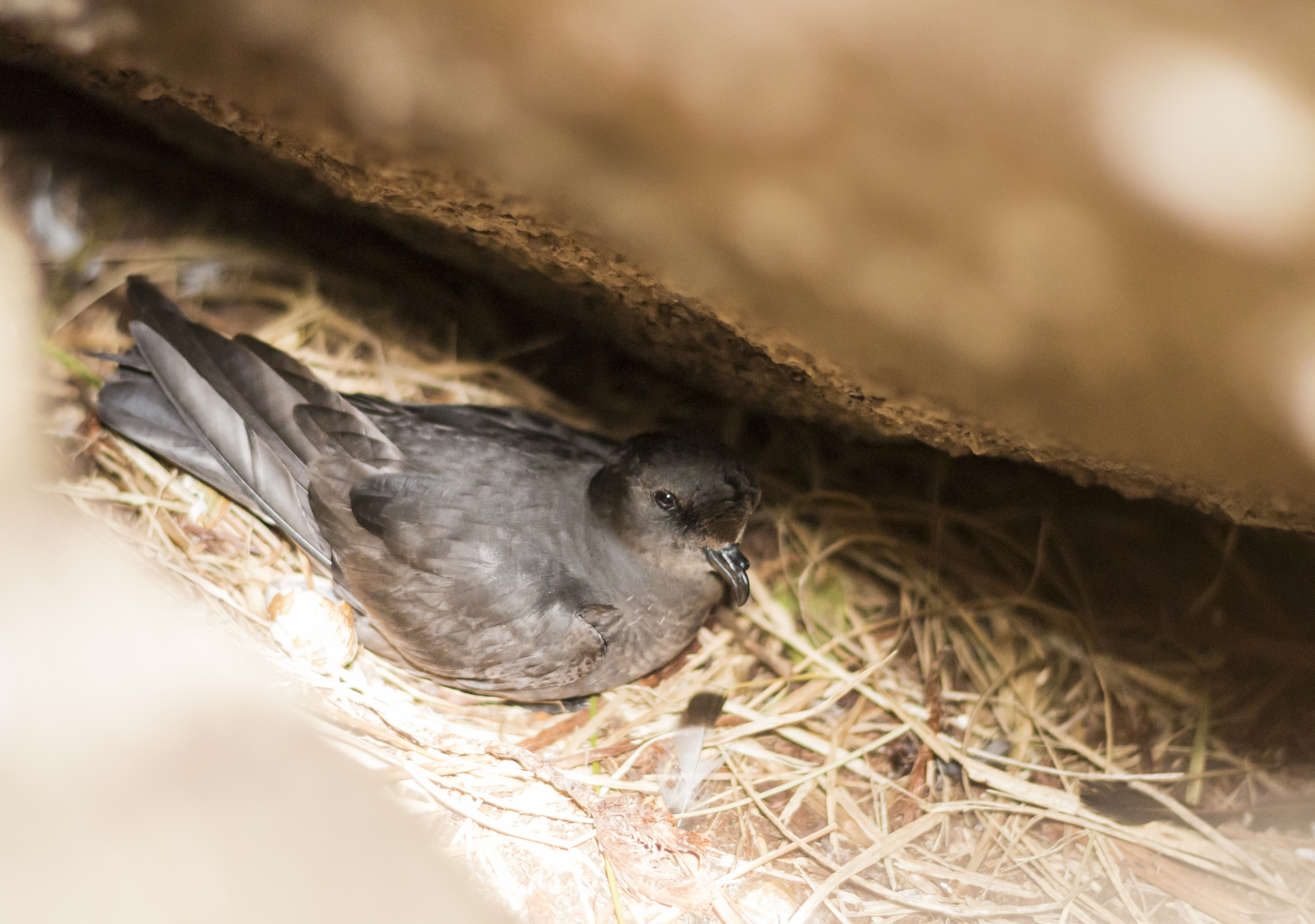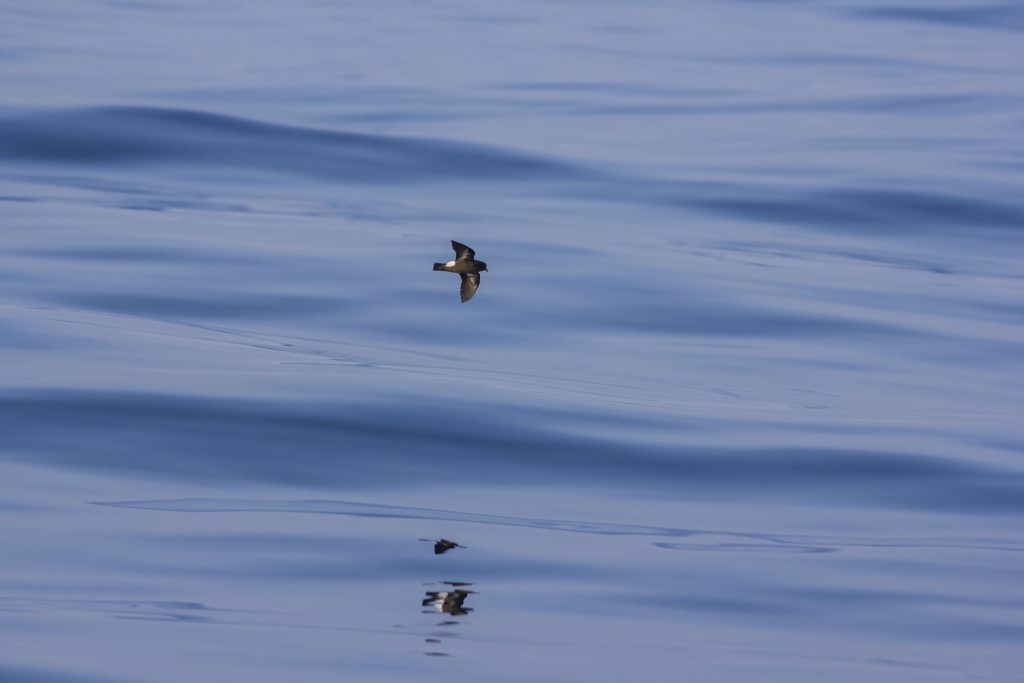
CALLING storm petrels have been recorded for the very first time on the Shiants this summer.
The findings are an important milestone for the Shiant Isles Recovery Project, which aims to attract the small seabirds to nest on the islands.
The characteristic “churring” call of storm petrels was heard from burrows, their breeding habitat, a sign that the project’s conservation work is paying off.
Dr Charlie Main, Senior Project Manager for the Shiant Isles Recovery Project has expressed her delight.
She said: “The churring of a storm petrel is very distinctive and we’re delighted that it’s been recorded on the Shiants this summer.
Dr Andrew Douse, Policy & Advice Manager, Ornithology at Scottish Natural Heritage said: “The Shiants are an ideal breeding location for storm petrels and hopefully they will go on to become an important stronghold for this species.”
The EU LIFE+ funded partnership project between RSPB Scotland, Scottish Natural Heritage, and the Nicolson family, the custodians of the islands, began in 2014 to provide safe breeding grounds for Scotland’s globally threatened seabirds on this cluster of islands in the Minch, five miles off the coast of Harris.
Black rats on the islands were thought to be limiting the breeding success of the colonies of puffins, razorbills and guillemots, whilst storm petrels and Manx shearwaters were not found there at all.
A rat eradication programme began in the winter of 2015/16. It will be March 2018 before the islands can be officially declared free of rats, provided none are found between then and now.
Storm petrels are little bigger than sparrows and only come to shore in summer to breed.
Last summer night vision cameras captured footage of several of these small seabirds, but this is the first year their churring has been heard in burrows.
A night vision camera also captured footage of a storm petrel displaying nesting behaviour; looking relaxed and heading into a burrow.

Enjoy the convenience of having The Sunday Post delivered as a digital ePaper straight to your smartphone, tablet or computer.
Subscribe for only £5.49 a month and enjoy all the benefits of the printed paper as a digital replica.
Subscribe